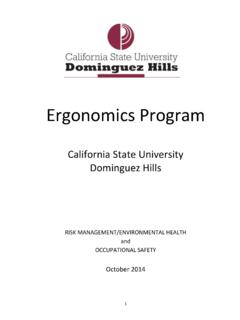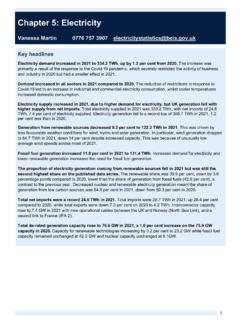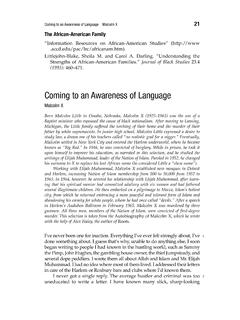Transcription of Cass’s Model of Sexual Orientation Identity Formation
1 Theoretical Models Coleman s- Pre- coming out, coming out, first relationship, integration. Cass (1979, 1983/1984, 1984)- Stage 1 Identity confusion, Stage 2 Identity comparison, Stage 3 Identity Tolerance, Stage 4 Identity Acceptance, Stage 5 Identity Pride, Stage 6 Identity Synthesis. Savin-Williams (1990, 1995, 1998) - awareness of same-sex attractions, occurrences of first gay Sexual experience, occurrence of first heterosexual Sexual experience, labeling ones self as gay or bisexual; disclosing one s sexuality to others (but not family members), experience of first gay romantic relationship, disclosing one s sexuality to family members, and fostering a positive Identity . Fassinger (1998)- Stage 1 awareness, Stage 2 exploration, Stage 3 deepening commitment, Stage 4 internalization/synthesis.
2 D Augelli (1994a, 1994b)- lifespan Model Identity development: exiting heterosexual Identity , developing a personal LBG Identity status, developing a LGB social Identity , claiming an Identity as a LGB offspring, developing a LGB intimacy status and entering a LGTB community. Rhoads (1994, 1997)- postulated an ethnic, cultural Identity for non-heterosexual , P. (2002). An historical overview of theories of non-heterosexual Identity development of college students. NASPA Net Results. Retrieved November 11, 2002 from s Model of Sexual Orientation Identity Formation Based on work with Gays and Lesbians in Australia. Process of movement through stages combines personal needs with biological (sex drive) and variables such as class and race(Evans, Forney, Guido, Patton, & Renn, 2010).
3 Not all individuals will progress through all stages. Individuals can either progress to the next stage or end in the current stage. Identity Confusion In this stage, a sense of incongruence (conflict between their perception of themselves as heterosexual and realization of gay or lesbian thoughts and feelings) develops. A time of curiosity, confusion or anxiety of this initial awareness.(Evans, et. al, 2010, p. 308). Identity Comparison In this stage, the person begins to accept the possibility of having a predominantly gay or lesbian Orientation , and moves from confusion and incongruence toward addressing the social alienation resulting from a commitment to being gay or lesbian. Can result in feelings of being ostracized or a sense of relief (Evans, et. al, 2010).
4 Identity Tolerance In this stage, the person begins to admit to him or herself that he or she is probably gay or lesbian. This helps the person decrease Identity confusion and allows him or her to pursue more of his or her own emotional, social, and Sexual needs. The person seeks out contacts and friends in the gay or lesbian community and has a chance to see positive role models. If the contacts are positive, he or she will probably become more accepting of a gay or lesbian Sexual Acceptance In this stage, the individual increases contact with other Gay and Lesbian people and accepts a Gay or Lesbian Identity . Inner sense of self is still tenuous (Cass, 1996, p. 244). Incongruity and alienation often continue because of the lack of acceptance by the heterosexual community.
5 The person may be able to fit into both the Gay or Lesbian and Straight world. For some individuals, this strategy works and they successfully live their lives at this stage. Identity Pride People at this stage reject strategies to hide their Sexual Orientation and often reject heterosexual values and institutions. Often a stage of activism against perceived oppression. Personal reactions by heterosexual friends and others in this stage can be both positive and negative. If reactions are generally negative, then the person tends to stay in this stage. Identity Synthesis In this stage, the us and them mentality gives way to a more differentiated view. Feelings of pride continue, but the person comes to recognize that the dichotomy between the gay and straight world is not as clear cut as he or she previously perceived (Cass, 1996).
6 Personal and public views of self are synthesized and a person s Sexual Identity becomes less important as Sexual Identity is integrated into all other aspects of self (Cass, 1996).CSUDH Safe Space Training, 2011















